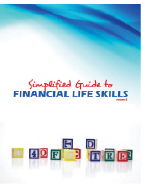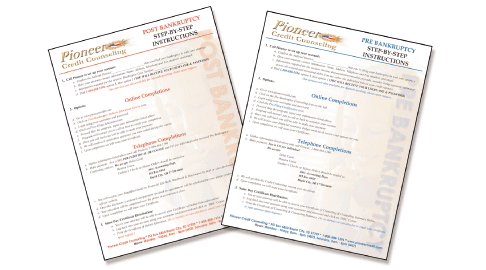Many schools have programs where you can sign up and hitch rides with other students traveling to a certain location. This is a good way to save costs, just make sure they are comfortable with the person offering the ride-along.
Set up a cell phone plan that won’t break the bank. You don’t want to open that first cell phone bill while your child is at college and be shocked by the amount since you can’t monitor it as well. There are plenty of family-friendly programs where calls home don’t count or text messaging is free. Shop around different providers to find the best plan for them.
Textbook costs can be maddening. The good thing is the internet has provided a more affordable option for buying books. As soon as you can find out what books they will need you can search online for them. You can look up books by title, author, or ISBN (International Standard Book Number). A few of the more popular sites are Craigslist.org, Half.com (run by eBay) and campusbookswap.org. It’s important that you order them as soon as you can so they are available for class use.
Other book options are to look online for electronic textbooks. You can usually download the book for a lesser price and can read the text on your computer or print out certain pages as needed.
You may even suggest sharing the costs with a classmate and splitting the book. This may cause conflicts if both students need the book at the same time, but can also be beneficial for group studying. For future semesters find friends who have just taken the class and ask to buy the book from them. Chances are they will sell it to you and make more money than what the store would give them and you get it for cheaper than what the store would sell it to them for.
Another option is to see if the library has the book available and then check the book out and get it renewed a couple of times during the semester. This tends to work better for literature classes, but there are some libraries that carry a lot of the current textbooks.
Here are some options in regards to room and board, which account for a lot of the cost for new college students.
The most affordable room and board would be to continue living at home. Obviously, this isn’t an option for those who want to venture away from their hometown.
For those who will choose to live on campus explore your meal plan options. Many times they will require you to buy a meal ticket for 3 meals a day for each day you are in session. You may find that the meal plan is too much for your needs so it’s important to ask what alternatives there are so you don’t spend money on meals you are not going to eat.
You don’t need to fill your room with brand new items. Secondhand furniture and appliances should work just fine for them. Spend the rest of summer looking through the classifieds to find bargains on items they can stock their dorm rooms with.
These are just a couple of things to keep in mind before heading off to school. If you still have questions you should ask friends and family who have recently sent their kids off to school. They probably have plenty of advice on what they did or what they wish they did to save a little money on their college kids.








